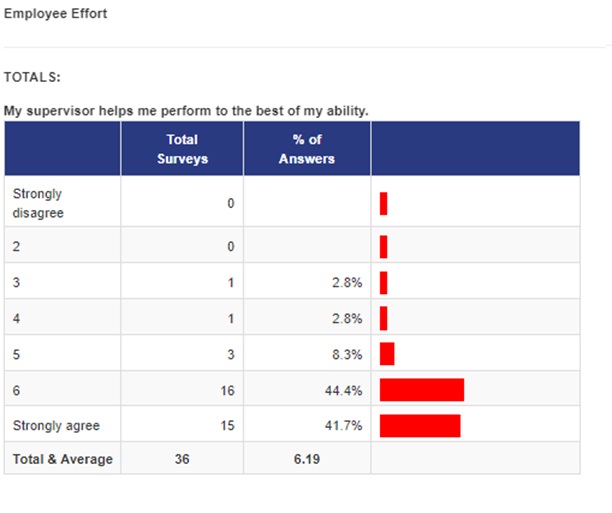By Bob Kobek and Michael W. Hill
The patient experience (PX) journey all starts here, right here. The opportunity to establish trust and begin the patient journey with them starts at the contact center, the point of the spear. It’s the first step in a patient’s journey with your healthcare organization. It’s the first voice, the expediter, the listener, the innovator, the loyalty builder, and the expectation setter for the rest of the journey.
This is where measuring to manage your internal ecosystem begins, taking you from the first touch point through to the Customer Assessment of Healthcare Providers and Systems (CAHPS) survey, if needed.
The practice of measuring to manage is simplest when you incorporate it as a matter of process in your healthcare call center. The contact center is by far the most accountable product or service deliverable.
Every event in the log in time of your agents is accounted for. Given today’s automation, everything you do—whether it be full-tilt call center management to your customer relationship management system—should be designed to measure and report.
Let’s start with the agent disposition of a call. The internal measurement tools are sophisticated. You have the ease of reporting on key performance indicators (KPIs) that are all instigated from the first incidence of an agent hearing a dial tone. The good old dials, contacts, completes (DCC), leads per hour (LPH), and sales per hour (SPH) will never go away. They’re still the best measure of the hourly outbound performance of your center.
Average speed per answer (ASPA), number of calls taken per hour, number of calls per resolution, and customer effort score (CES) are a few standard measurements for your inbound center.
These are important metrics. They establish benchmarks and performance. Some are even meant to do a better job of managing the process. The best call centers use some of that data to gamify the performance.
But, what about the people?
There are two areas of management measurement that typical contact center software does not address: patient experience (PX) and employee experience (EX). These relate to contact center performance, which are both related to your Medicare reimbursement score via the CAHPS survey.
Mobius Vendor Partners has launched a new product, Patients-Count®, entirely aimed at measuring and improving patient and employee experience to help you meet your strategic goals.
Let’s break the measurement of customer experience (CX) and employee experience (EX) down, with the understanding that they relate to patient experience (PX).
Patient Experience (PX)
You can use a typical set of questions to measure the impact of each patient contact with an omni contact center agent, whether inbound or outbound. These questions measure the key performance indicators (KPIs) of most agents—as a group and individually—through the lens of the patient.
If those patients have an affinity toward their experience—be it good, bad or indifferent—you can expect a response rate as high as 40 percent. A minimum response rate should be 10 percent, which is still enough to deliver actionable data.
Here are some KPIs to consider and remember. These are measured from the voice of the customer (VOC):
- friendliness
- innovation
- knowledge
- courtesy
- listening skill
- solution
All these KPIs can reflect a relationship between agent disposition and patient experience.
One question with some variation, is particularly relatable between the agent and the patient: the customer effort score (CES) and the employee effort score.
For example, “ABC made it easy for me to handle my issue” is directly relatable to the supervisor score. Another is “My supervisor helps me perform to the best of my ability.”
Both are on a 7-point scale, relatable, and can inform strategies to help you improve both patient and employee experience at the same time.

Employee Experience (EX)
Satisfied, engaged employees make sure their customers are satisfied. To measure the employee experience, your organization should survey employees in those areas that relate to their overall performance about their job responsibilities.
A good example is measuring the statement, “My supervisor helps me perform to the best of my ability.”
Let’s look at some sample results. Over half (21 out of 36) of employees surveyed don’t “strongly agree” that their manager helps them perform to the best of their ability.

These are common results, in which supervisors aren’t taking the time to work with their employees to help them perform at their best. So, what can a company do with this information?
First, ask the employees more questions about what areas of their job they could use support or guidance in. Then plans can be put in place to give the employees the requested training or support.
After that is implemented, survey the employees again in three to six months to see if there has been an improvement in the score.
Mobius Vendor Partners sees a direct correlation between the willingness of employees to help their customers have a positive experience and employees having a positive experience when their supervisor helps them perform at their best. Employees that receive help are then employees who will help others. That in turn increases contact center productivity.
Specific questions about the KPIs (friendliness, innovation, knowledge, courtesy, listening skill, and solution) that are of interest to you and your employees can be developed for your call-center personnel.
Bob Kobek (bobkobek@mobiusvp.com) is president of Mobius VP, LLC, and Patients-Count. Michael W. Hill (mikehill@mobiusvp.com), is senior employee experience consultant at Mobius VP, LLC, and Patients-Count.
Consider reaching out to www.Patients-Count.com, a professional firm specializing in surveying to help your company improve the performance of your employees and enhance the patient journey, simultaneously.

